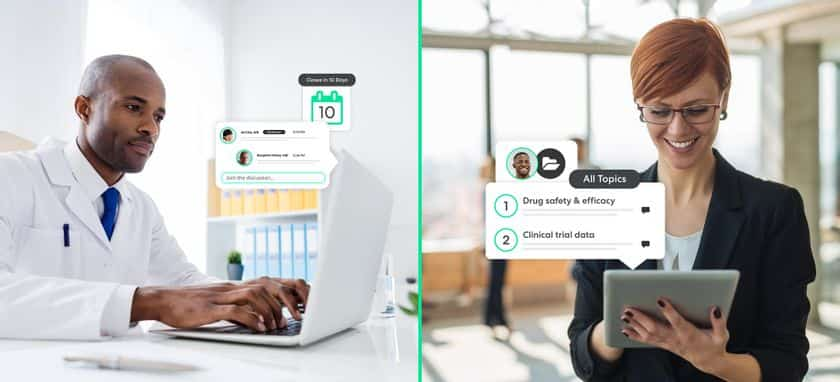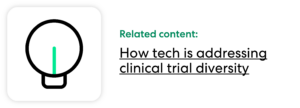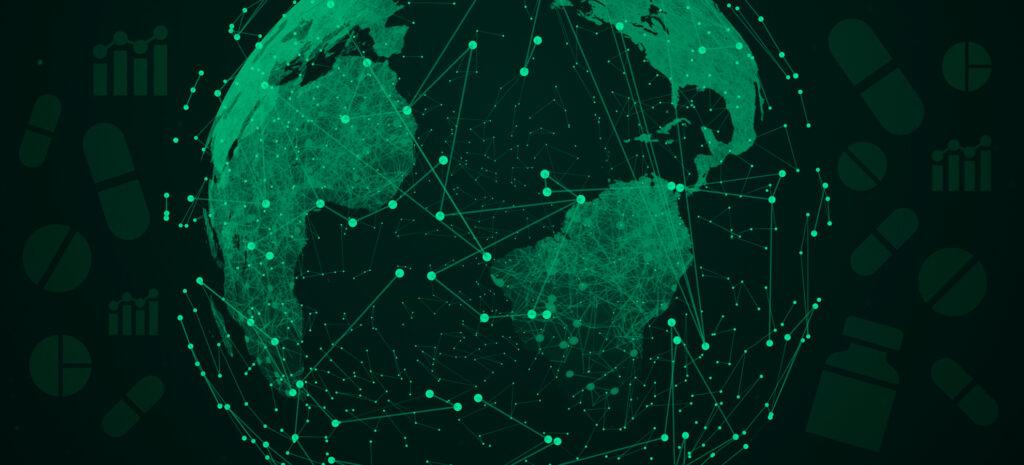The pandemic caused a major shift in where and how people work. Everything is on the table, from fully remote and hybrid schedules to work-from-anywhere and four-day weeks. For the life science industry, this means rethinking traditional ways of engaging stakeholders, including KOLs. And while face-to-face engagements and work travel will endure, how can changing the KOL experience result in more actionable insights and better business decisions?
When shutdowns and travel restrictions forced a pivot to virtual work, many KOLs found themselves able to contribute their expertise to life science companies without disrupting their work and home lives. As a result, some are more selective about in-person meetings like advisory boards and committee meetings. This could be bad news for life science organizations that can’t offer a better experience with more value for KOLs. Pharmaceutical and medical device teams should consider offering a more tailored experience to help them establish and strengthen important KOL connections and increase the value of their HCP insights.
Turn the KOL experience into a trackable metric
ROX, or return on experience, is a metric that captures a company’s investment in providing a rewarding or memorable customer experience. In this case, KOLs are the customer, and life science teams have nothing to lose – but much to gain – by providing a better experience to their valued experts.
When it comes to tracking how the KOL experience pays off, think of the metrics that would be most meaningful to your team. Perhaps you want to increase KOL enrollment in a specific program or improve participation. Other teams might look into the volume of new insights they received versus how much older information is repeated during an advisory board meeting. And still others might want to use engagement opportunities to identify and cultivate up-and-coming KOLs. Teams can also go a step further by tying these metrics to their business goals – the success of a clinical trial, winning over new prescribers, or reducing hard costs associated with insight-gathering.
Applying insights management for better results
Insights management – a strategy that considers all insight-gathering activities as one holistic process rather than a series of disconnected activities – can increase the ROI of engagement activities for both KOLs and life science organizations in the following ways:
A deeper understanding of disease communities and influencer networks. Set your team up for success and ensure you speak to the right people. Yes, your contracted advisors receive consideration for their time, but nobody likes to feel as if they’ve spent hours contributing input that ultimately won’t be used. If you understand more about current data, patient concerns, key influencers, and conversations, you can get more out of each touchpoint with the experts you engage. Technology enables this understanding in a few ways: through network analytics that examine the connections between experts in a given area of expertise and through social medial listening that identifies and analyzes online conversations about specific topics.
Fewer barriers to more diverse perspectives and inclusive conversations. Asynchronous virtual engagement meets many KOLs where they are today: wanting to resume some in-person meetings while also being selective. KOLs want to feel valued and advance their area of scientific expertise, but they want to do it in a way that works on their schedule, anywhere on the globe. (These are common themes in our surveys of KOLs that use our insights management platform.)
But extending the virtual conference table does more than offer convenience – it tears down barriers that can result in a few dominant voices sharing the same information with you (and your competitors). Asynchronous virtual engagement technology supports participation at any time, from any location, in any language, and eliminates factors like bias or hierarchy influence that can narrow discussions and restrict opportunities for innovation.
Get answers more quickly and show results. It can be challenging to show internal stakeholders – let alone external experts – the value of their insights and their eventual impact on products and patient outcomes. With an insights management platform, your team can centrally manage conversational insights and quickly organize and identify trends. This makes for easier internal reporting and can also help KOLs see the effect of their expertise on their disease area and patients.
Traditionally, insight-gathering hasn’t been regarded as a single business process. Too often, one-off activities don’t produce value or aren’t connected with other engagements conducted by other teams or at different times of the year. An insights management strategy – enabled by an insights management platform – can alleviate the pain of information stored in different systems across different internal teams. To learn more about insights management, read our blog series.







